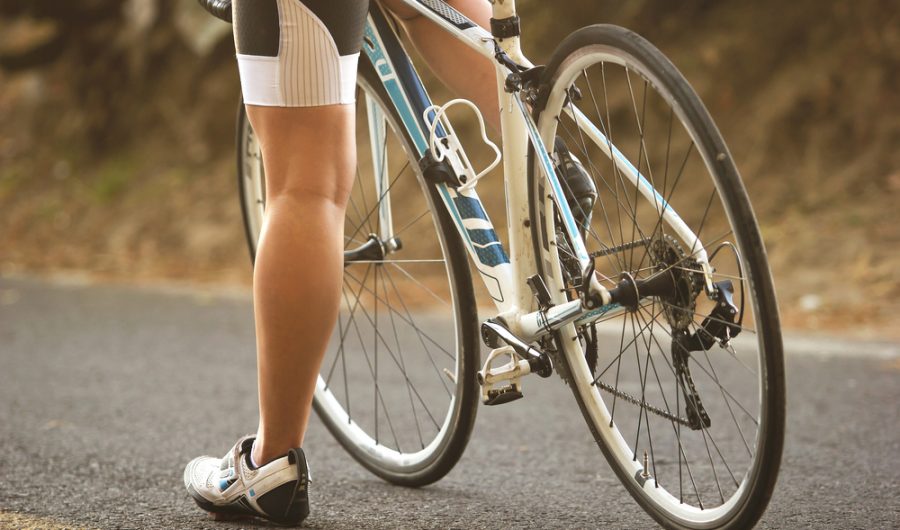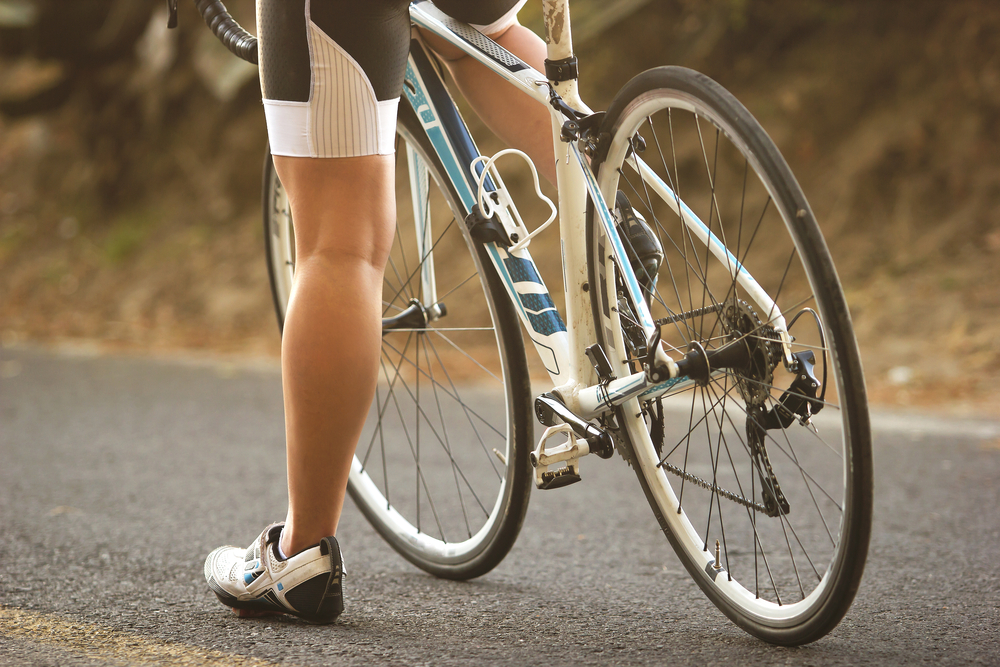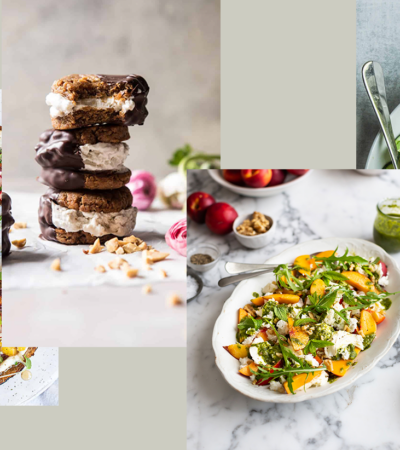From daily commutes to a 100-mile ride: How H&H contributor, Jemma Crow, conquered her road cycling demons.
My route into road cycling will be a familiar tale to many. Five years after first moving to London, my work commute became short enough that it was achievable on two wheels – initially on my granddad’s old folding bicycle before I graduated to a model of my own. Still, despite braving the city streets at rush hour day after day, recreational road cycling felt like a large step.
The big change came in 2014, when my home county of Yorkshire hosted the opening stages of the Tour de France, known as the Grand Départ. Inspired by the wave of positivity afterwards, I put my name in the ballot for the 2015 Prudential Ride London – perhaps more in hope than expectation.
But the kicker was that I did win a place. And that meant I’d committed to cycling 100 miles up and down the same hills the Olympians did during London 2012’s Road Race competitions.
There was one other problem. I didn’t own a road bike. My Dutch-style Bobbin Brownie, while great for the commute, was far too heavy for this rather more athletic challenge.
Fortunately, a friend had a more suitable bicycle I could borrow, so I went for a few spins around Victoria Park to try to get used to the cleats, the lighter weight and even just the ride feel.
But it was a struggle.
Fast forward to race day, and to say I was petrified would be something of an understatement. As well as being a longer distance ride than I’d ever attempted before, each hill felt like a mountain to a relative novice like me. However, I knew my only option was to keep on pedalling – especially considering my feet were secured in cleats.
100 miles later, I was proud to have completed the course, but more aware than ever that better preparation could have made a world of difference. I wasn’t used to riding among large groups, and found the high-testosterone intensity of the race quite daunting throughout.
But it didn’t put me off altogether. Instead, it made me realise the value of making sure I got the most out of the experience.
So here are a few tips if you’re thinking of embarking on a road cycling adventure of your own.
1. When you buy a bike, get a proper bike fit too. The default setting on mine was totally wrong for me, which meant I wasn’t comfortable riding it. Have an expert tweak the seat height and stem and it will change your ride immeasurably. A small extra cost, but well worth the money.
2. Find a beginners’ session for group rides. I found the sessions run by Rapha a great help, while Lee Valley Velopark also have a closed road circuit. There, you can either pay to ride the course, or take a skills session with an instructor to learn the basics.
3. Ask all the questions you can think of. After all, you’re unlikely to be the only one who wants to know the answer. Did you know that you’re not meant to wear underwear underneath your cycling shorts? Or to eat small amounts often to avoid hitting the dreaded ‘bonk’? Rapha have some great animated videos and online handbooks to help get you started.
4. Even if you had one at school, take a cycling proficiency test. It can really help you learn how to ride on the roads alongside cars – and give your confidence a boost.
5. Find a group to go cycling with. Whether friends or fellow learners you’ve met in sessions, just make sure you’re on the same page in terms of speed and ability. You could even find a group of likeminded people at your local cycling cafe or online at Breeze. As for where to ride, don’t be afraid to get a train out of the city to start your ride somewhere scenic with fewer cars. The fun part is never the traffic or the fumes.
6. Commuting doesn’t have to mean braving busy main roads, so find a regular route that suits you. TfL offers Quietway options as well as the faster Cycle Superhighways if you’re in London. Sustrans covers the whole UK, helping to create safe cycle networks for all.
7. Learn how to undertake basic mechanical issues. You’ll feel much better heading out on a ride knowing you can fix a puncture or chain – it means you won’t have to worry about getting stuck in the middle of nowhere. Twice a month the London Bike Kitchen host a WAG (Women and Gender-Variant) night to help you learn how to fix your own two wheels. And practice makes perfect! This winter I’ll be sitting in front of the TV changing my inner tube over and over again – ignorance is not bliss!
8. When you’re ready, take on a closed road sportive. PrudentialRide London 19 or 46 are good first steps. And if you’re not quite prepared for the full sportive experience, then take advantage of the more casual closed-road Freecycle across London the day before.
9. Keep up fitness throughout the winter by training indoors. The struggle that people often have is that cycling is great to do in the summer – the days and nights are light, frost free and warm after all. There’s the exercise bike at the gym, spin classes and even home solutions such as the Wahoo Kickr Snap. As well as allowing you to maintain fitness (and completing a few Zwift app challenges on the way) from the comfort of your own home, you’ll maintain cycling confidence throughout the colder months.
Cycling has certainly made a positive difference to my life. A two-wheeled commute feels better for both my mental and physical health than a stuffy ride on a crowded tube. And a cycle through the countryside gives me the chance to meet new and like-minded people as well as get away from it all.
One final piece of advice then – from the Ride London website itself:
‘It’s not a race’.
Whatever point you’re at on your road cycling journey, all you need to do is find your own pace and style. And if you want to set yourself a personal challenge or two along the way, that’s up to you.
And as for me? As well as my first daunting 100 miles i’ve now completed the Rapha Women’s 100, two lots of Ride 46 and many more commuting miles along the way – and I’m not planning on stopping yet!
Jemma Crow














